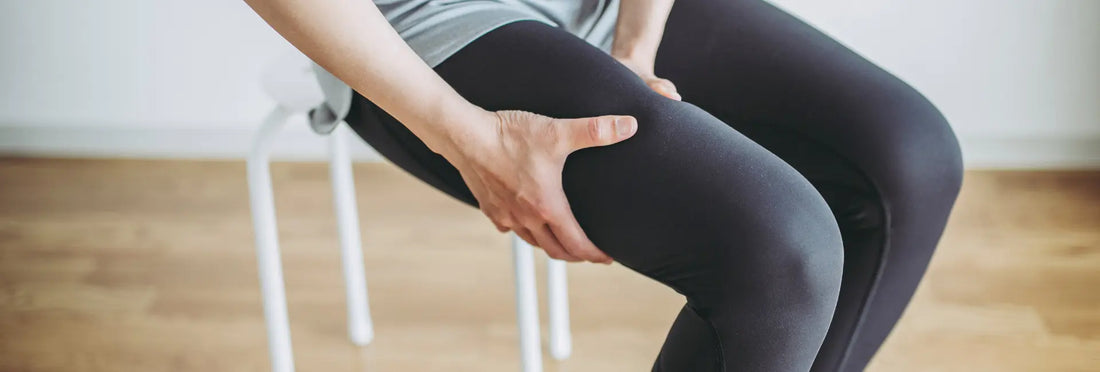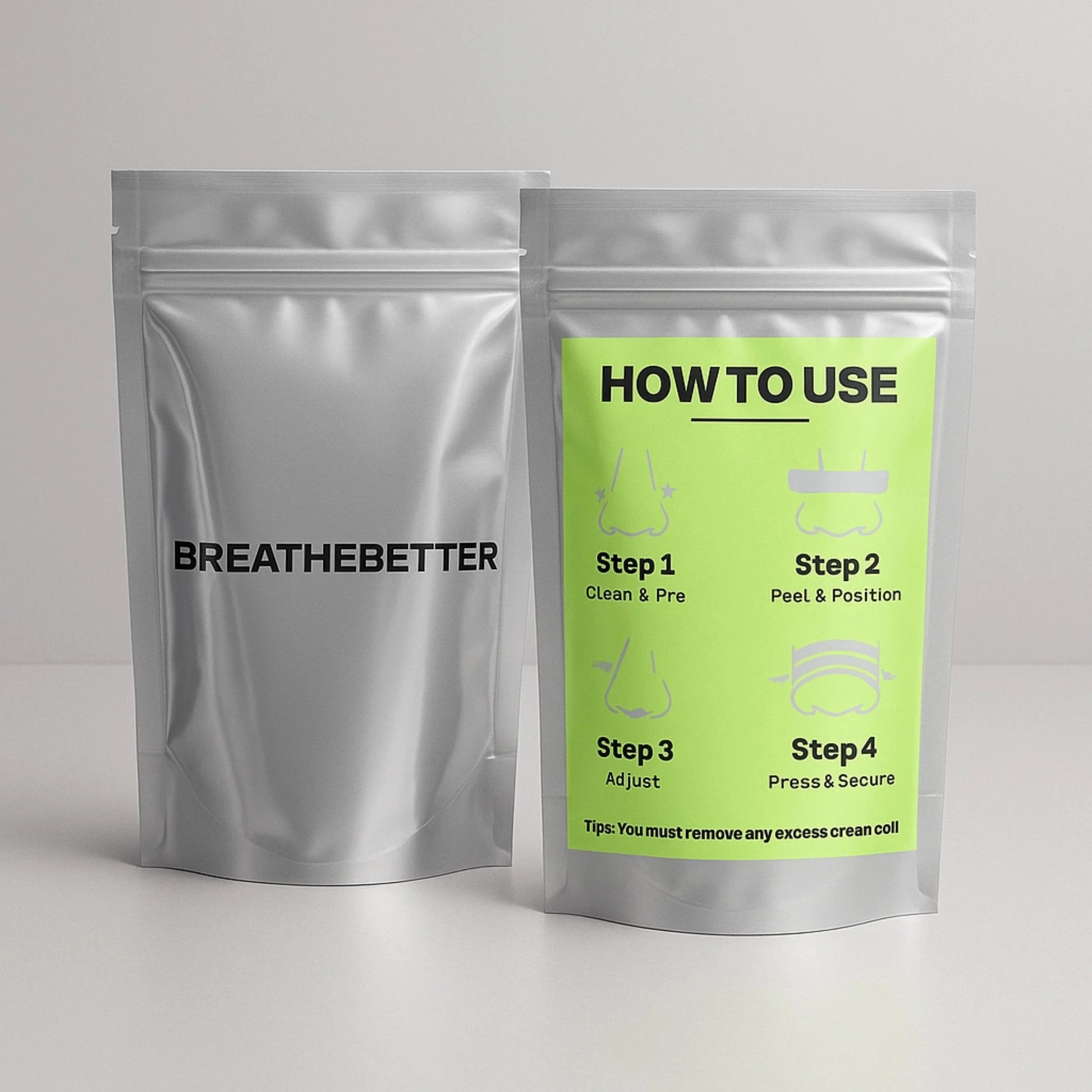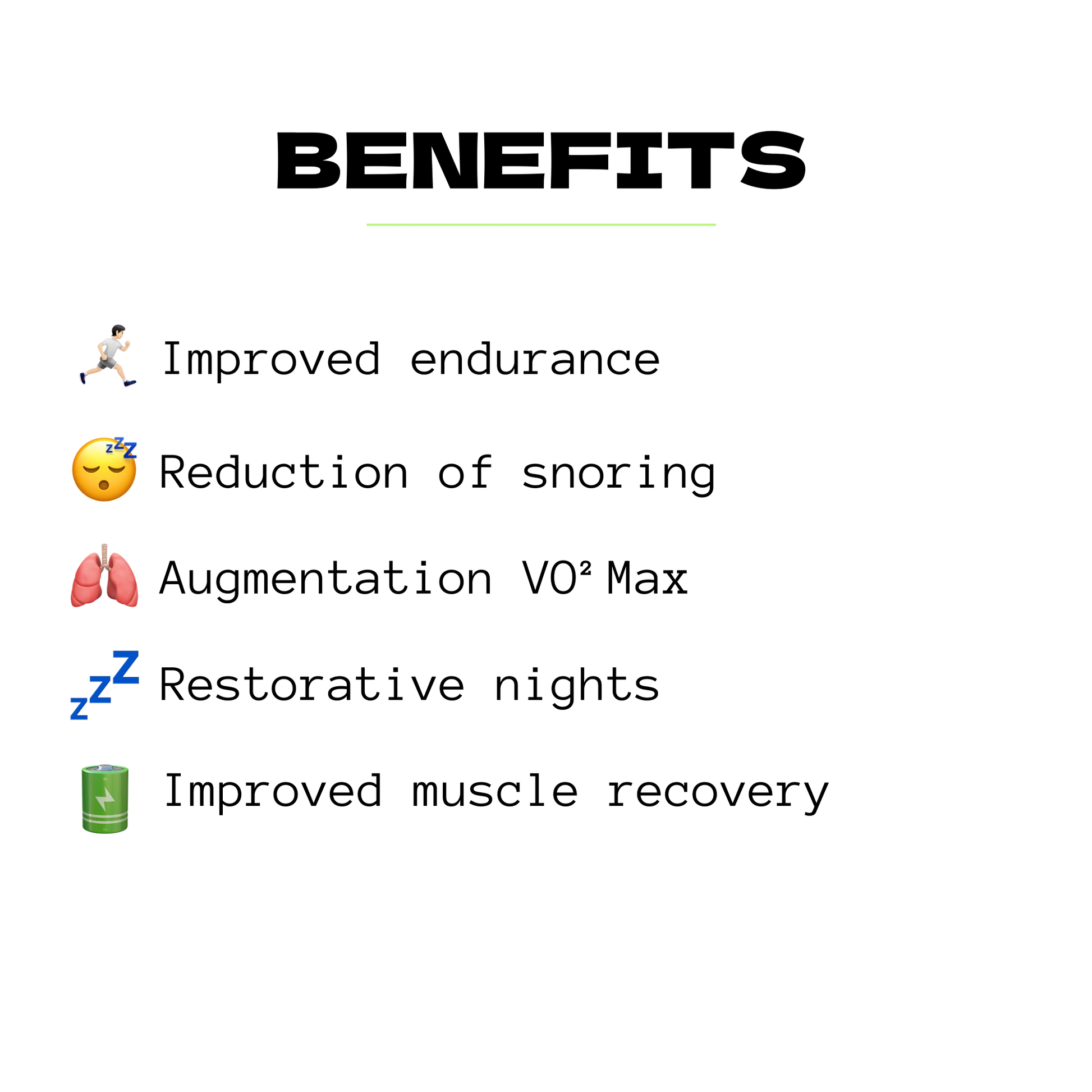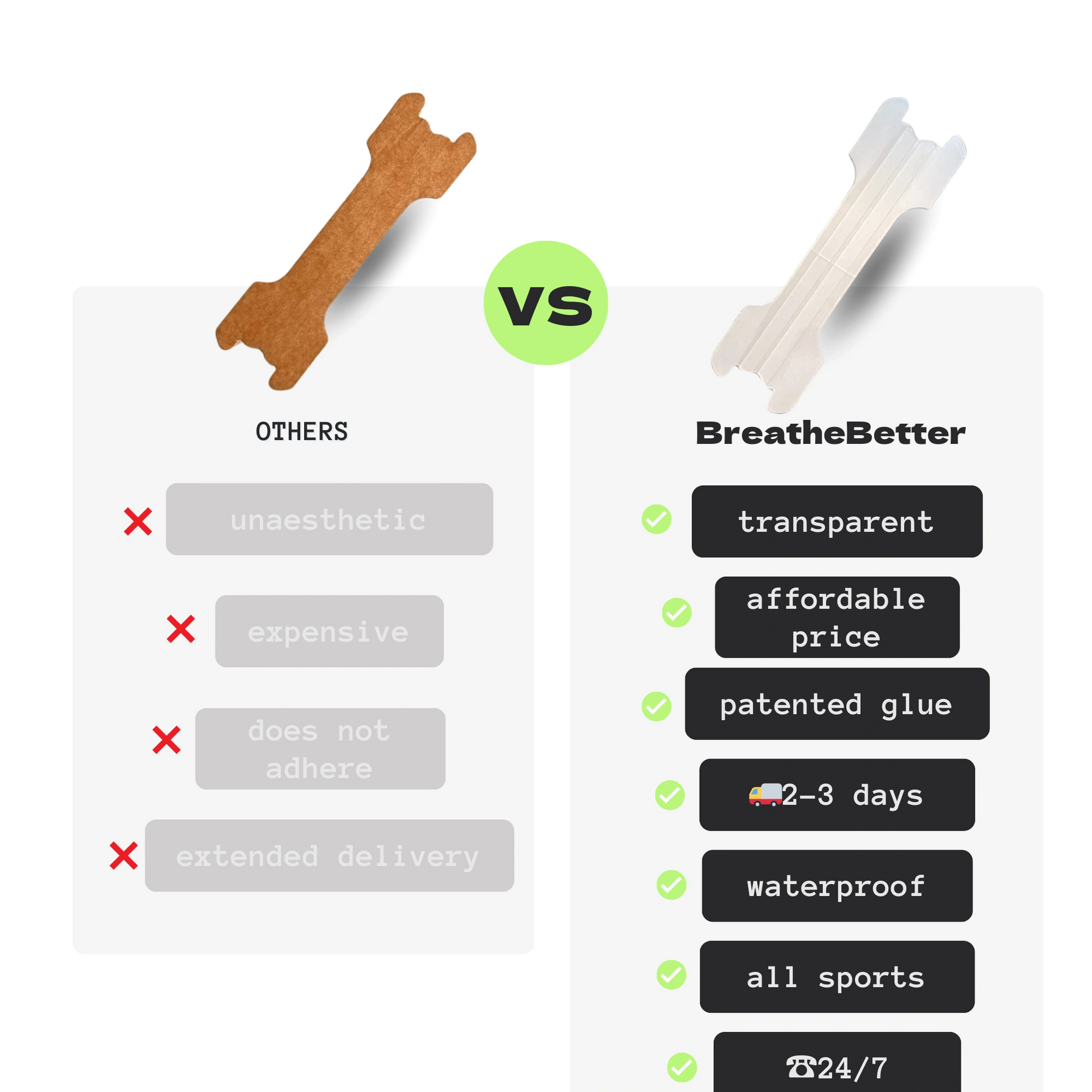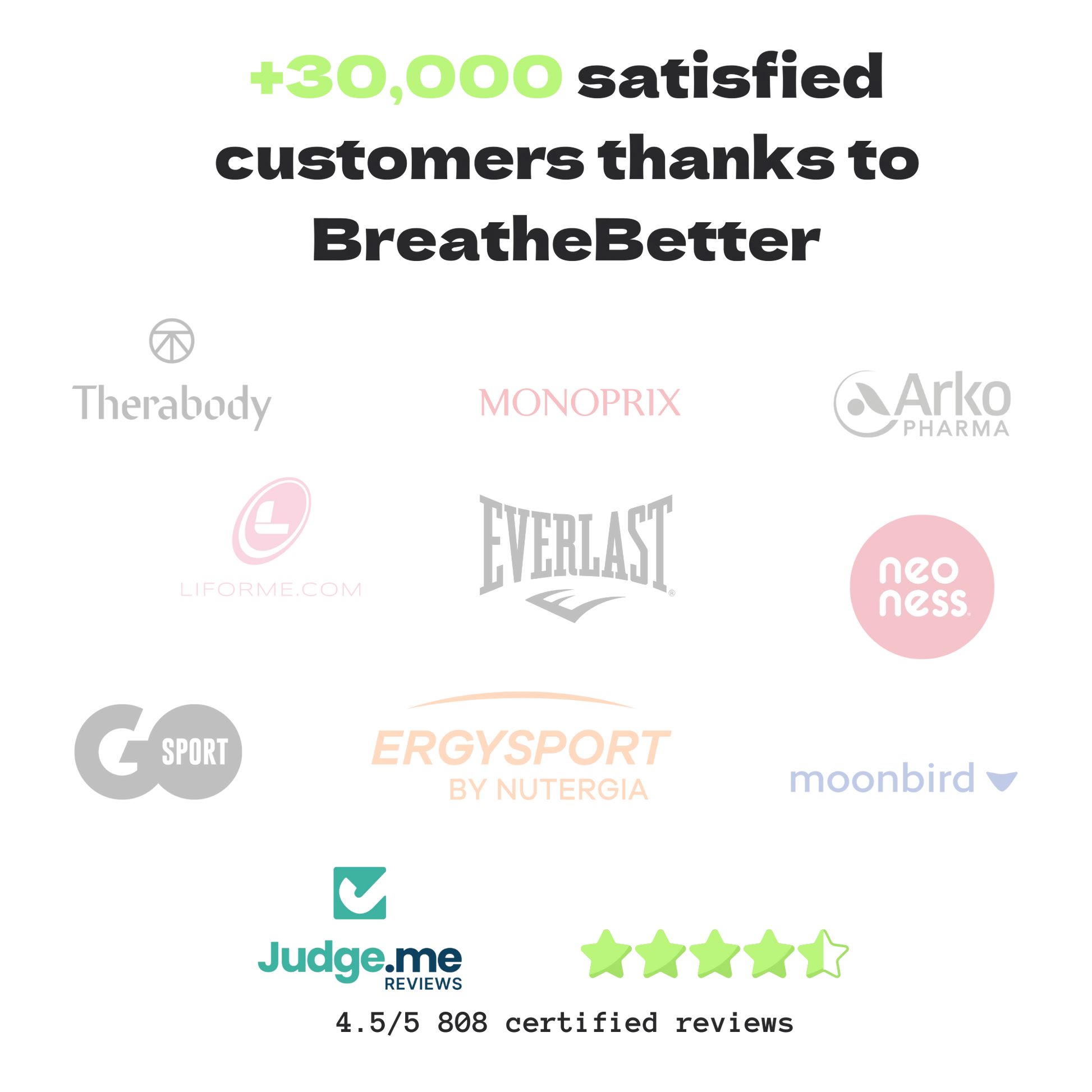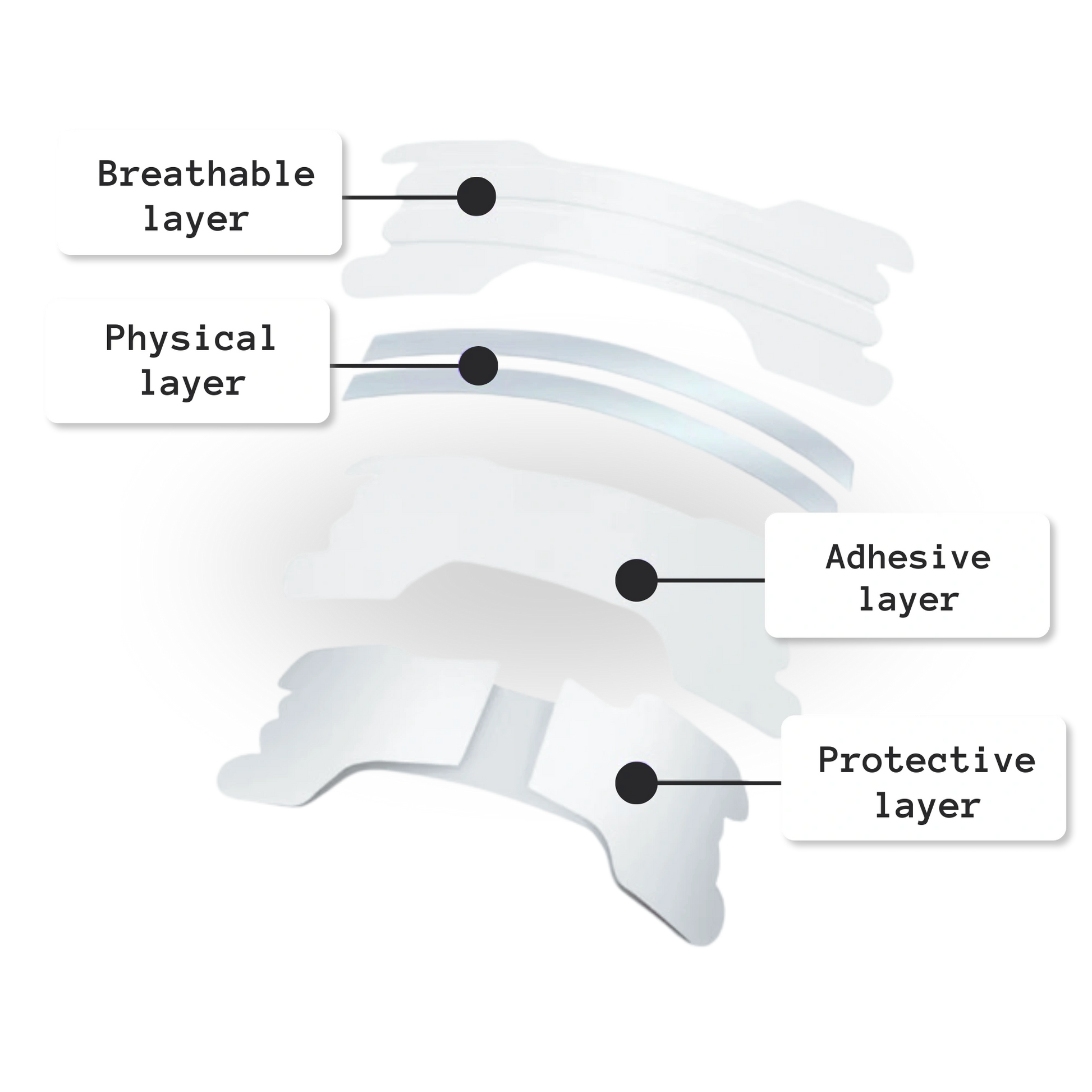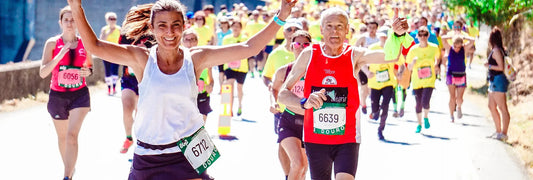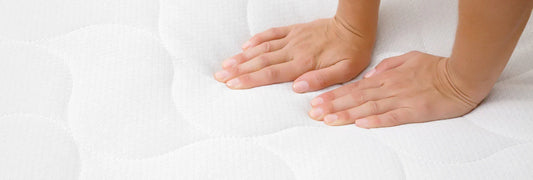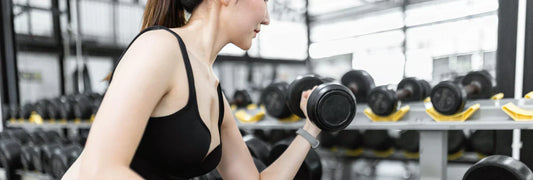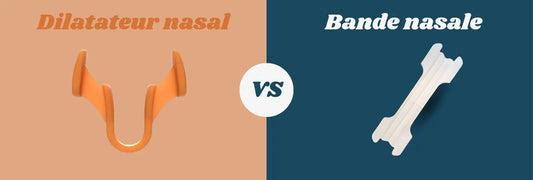What is muscle soreness and why does it occur after training?
Muscle soreness is a muscle aches that usually occur after intense physical exercise, especially when using muscles that are not used to. These aches often occur 12 to 48 hours after training and are caused by small tears in the muscle fibers during exercise. These micro-tears require recovery time to allow the muscles to repair themselves and become stronger.
While muscle soreness is a sign that your body is responding to your workout, it can make recovery more difficult and affect your performance in future sessions. Fortunately, there are several ways to relieve muscle soreness and promote better recovery.
Ways to Reduce Post-Workout Soreness
1. Hydration: a key element to reduce muscle soreness
Hydration is crucial to prevent muscle soreness from occurring or to limit its intensity. When you hydrate properly before, during and after your workout, you help your muscles eliminate toxins produced during exercise and improve blood circulation. Proper hydration can therefore reduce the pain of muscle soreness by allowing better muscle recovery.
2. Stretching and mobility: a preventive and curative solution
Stretching after a workout is essential to prevent muscle soreness . It helps loosen up your muscles, improve blood flow, and reduce muscle stiffness. Mobility exercises that target the areas that were used during your workout can also help you recover better. Make sure to use gentle, gradual stretches so you don’t overwork your muscles.
3. Massages and self-massage: relieve the pain of muscle aches
Massage is an effective method for reducing post-workout muscle soreness . By improving blood circulation and releasing tension, massage helps reduce the pain associated with muscle soreness . If you don’t have access to a massage therapist, self-massage with a foam roller can be just as beneficial. This tool targets deep muscles and relieves the pain of muscle soreness .
4. Cold and heat: allies against the pain of aches and pains
Alternating between cold and hot compresses can be a great way to reduce the pain of muscle soreness . Apply a cold compress to sore muscles for 10 to 15 minutes to reduce inflammation, then use a hot compress to relax the muscles and improve blood circulation. This method helps relieve pain and speeds up the healing process.
5. Active rest: avoid total immobility
It may be tempting to stay still to avoid the pain of muscle soreness , but complete immobility can make the condition worse. It's best to opt for active rest, which is light exercise such as walking or cycling at a low intensity. This helps maintain adequate blood circulation, which helps muscles recover faster and reduce the pain of muscle soreness .
BreatheBetter Nasal Strip to Improve Muscle Recovery
Another great way to reduce muscle soreness and improve recovery is to use BreatheBetter nasal strips. These nasal strips help optimize breathing by opening the airways, promoting better oxygenation of the body. During or after training, smoother and more efficient breathing can help muscles recover faster by providing more oxygen and eliminating toxins more efficiently.
BreatheBetter nasal strips are especially useful if you are dealing with a feeling of respiratory fatigue or if you are doing high-intensity exercise. By facilitating air circulation, they allow for better recovery, thus reducing the pain of muscle soreness and speeding up the muscle regeneration process.
Relieve the pain of muscle aches effectively
Muscle soreness is a natural part of recovery from exercise, but it doesn’t have to be a source of prolonged discomfort. By implementing the right recovery strategies, such as hydration, stretching, massage, and using BreatheBetter nasal strips, you can reduce the pain of muscle soreness and improve your recovery. The goal is to optimize your body so it can recover faster and be ready for your next workout without pain or excessive fatigue.

